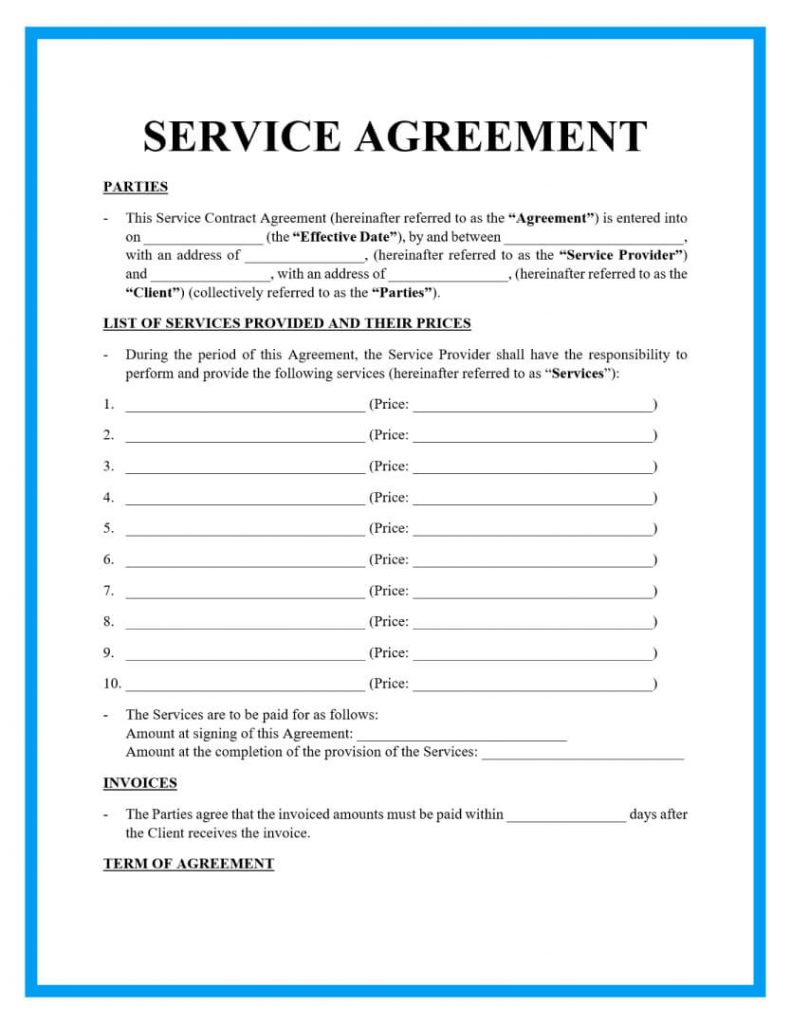Legally signed documents are a mundane yet essential aspect of doing business. Every workplace experiences incidents where deliveries get delayed, deals go sour, or payroll isn’t processed because of an unsigned document. Contracts legally oblige all parties to keep their end of the bargain. Whether you’re an independent contractor or a company manager, knowing what makes a contract legally binding is important.
What Is A Legally Binding Contract?
Contracts are the lifeblood of any organization, whether you’re dealing with employees, customers, or third-party vendors. A legally binding contract is a document or agreement that helps you to pursue legal remedies for damages if the other party doesn’t fulfill their obligations or acts contrary to the agreed-upon terms.
The essentials of a legally-binding contract are agreement and value. All parties must agree to the contract terms, and something of value is exchanged (e.g., a product in exchange for cash).
One of the most basic examples of a legal contract is a bill of sale, which includes details like the customer’s identity, how much the contract is for, and whether any guarantee/warranty is involved.
The buyer can display the bill of sale if a dispute arises regarding property ownership (such as a car). Such contracts are needed for high-value purchases, as opposed to everyday purchases like groceries or take-out food.
What Makes A Contract Legally Binding?
Contracts can be binding or non-binding. The nature of the contract is essential in case of legal disputes, and failure to make the distinction may affect how a court values the contract. Let’s review the requirements for a legally binding contract.
Requirements for a Legally-binding Contract
Here are the 5 essential elements of a legally-binding contract:
- Offer and acceptance
One party initiates the contract by offering to exchange something of value for something else of value. The other party will either accept or decline the offer.
- Consideration
Consideration is the benefit both parties gain from signing the contract, which can be anything of value. This does not include something you’ve already done (past consideration) or something you’re already legally required to do, with or without the contract.
- Intention
Also known as ‘mutuality’, intention refers to the will of all parties to create a valid, enforceable agreement. It also involves questions of consent and coercion.
- Legality
A legally binding contract shouldn’t include anything illegal! Examples include unlawful promises, activities, or considerations (such as the exchange of smuggled goods).
- Capacity
Finally, all parties must have the legal capacity to sign the contract. In most cases, minors can’t legally sign a contract.
What Makes A Contract Null And Void?
On the topic of legally-binding contract essentials, there are two more important terms to discuss:
- Null and void
- Voidable
Here’s an example: let’s say you purchased a postcard autographed by Michelle Williams, the actor, but it turns out Michelle Williams, the singer, signed it. In this case, you can argue that the contract is null and void as it is based on faulty terms. However, the contract is voidable, despite the mistake, should you decide to keep the postcard (since you are also a fan of the singer).
Contracts may be considered null and void for various reasons. They most likely miss one or more elements of the legally binding contracts listed above. A contract could be null or void if it includes the following:
- Coercion
- Withheld or misrepresented information (fraud)
- A breach of contract
- A lack of capacity to enter into the contract
On the other hand, a voidable contract opens the possibility of being altered or canceled by one or both parties.
In some cases, either the subject of the contract is unlawful or the terms are unrealistic. For instance, you cannot sign a contract to deliver banned liquor to a restaurant. Even if you enter into such an agreement, you have no legal recourse if the other party breaches the terms because the contract wasn’t legally binding.
How To Create A Legally Binding Contract
Now that you know what makes a contract legally binding, here’s how you can create legally valid agreements:
Step 1 – Decide the Terms
Most companies have a standard template for contracts requiring a signature. However, you have the right to review and even challenge the terms of an offer before accepting it. You can also make a counteroffer at this stage.
Step 2 – Set a Deadline (Option Agreements)
If you are initiating the offer, it’s a good idea to set a deadline for the other party to review the terms of the contract, suggest any changes, and accept or decline it. Setting a predetermined deadline can avoid prolonging the negotiation process unnecessarily.
The seller can charge a fee to offer a deadline, say 30 days. While the client mulls over the decision, a fee ensures that the seller doesn’t enter into a contract with another buyer.
Step 3 – Exchange of Value
The contract should clearly state what is being exchanged. We noted earlier that exchanging something of value makes a contract legally binding—for example, a monetary exchange for a service performed. Many times, the work done suffices as an exchange of value rule.
Step 4 – Expect Counter Offers
If the other party doesn’t find the contract terms suitable, they can bargain or negotiate a counteroffer. In this case, you can either accept, decline, or make another offer.
Step 5 – Get the Document Signed
Once an offer is accepted, ratify the contract with legal signatures. To save time and money, and to ensure consistency, create a free, legally binding electronic signature that you can utilize automatically for all your documents.
If you aren’t familiar with electronic signatures, here’s information about how you can sign contracts online.
Save Time And Money With Free Contract Templates From Signaturely
Creating legally binding contracts can be tedious, but getting them right is important. It helps to have free templates for all contracts that can instantly be customized and sent out for signatures.
This is where Signaturely comes in!
Signaturely is more than just software to e-sign documents; it’s a complete document management system. With its fluid user interface, Signaturely helps users create contracts using a variety of free contract templates and makes them available to upload for signatures.
Check out this service agreement template by Signaturely:

Along with providing a built-in library of contract templates, Signaturely also acts as a hub for all your business documents. Since all files are stored in a centralized location, you can easily locate and access a relevant contract. Most importantly, Signaturely features a dashboard that displays the status of each contract in real time, ensuring no document is left unsigned.
True to its name, Signaturely offers a complete suite of signatures, such as custom signs, images, and initials. Using images and symbols as e-signatures is 100% legally binding in most countries. Signaturely also provides tools for tracking and auditing documents.
Common Questions About Legally Binding Contracts
Looking for more information? Here are some common questions related to legally binding contracts.
It is legally binding if a contract contains all the essential elements, including the offer, acceptance, consideration, capacity, and intention. It doesn’t matter if it is typed or handwritten. Handwriting can be messy and time-consuming, so using contract templates is best.
Once again, legally binding documents have to do with the content of the contract rather than its presentation or who drafts it. You don’t need to hire a lawyer to write a legally binding contract. However, to safeguard yourself and/or your business, having a legal expert review what you’ve written is always a good idea.
The Most Important Things To Remember About Legally Binding Contracts
To summarize, a legally binding contract consists of the following elements: offer, acceptance, consideration, capacity, and intent. Other considerations include the legality of the terms and the absence of fraud.
A legally binding contract does not need to be drafted by a lawyer or be long or filled with legal jargon.
